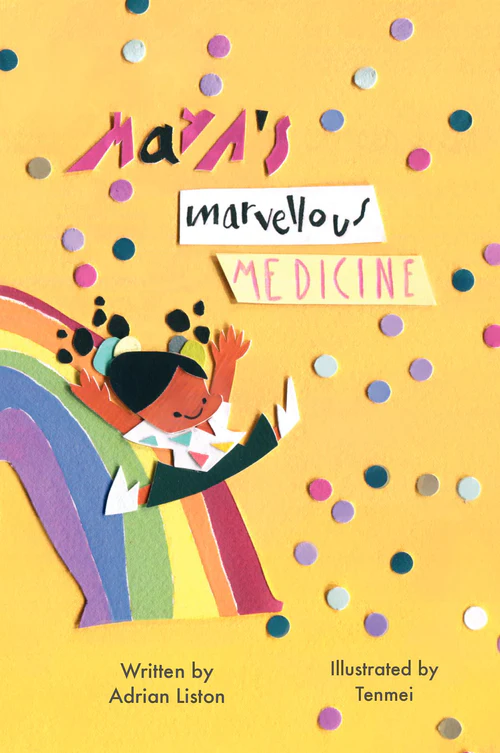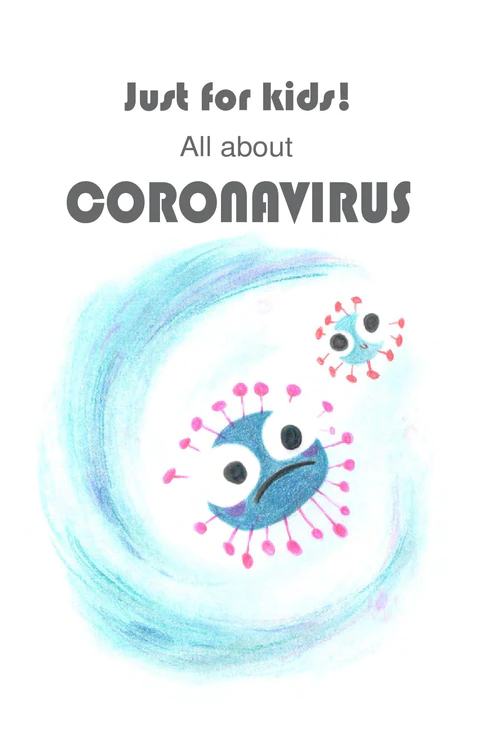This is a very interesting article about the sex discrimination in academia in Flanders. In Flanders only 11% of professorships are held by women, making Flanders one of the worst regions in the EU for sex equality in academia. The "glass ceiling index" has been calculated for Belgium as a whole at 2.25, meaning that it is 2.25 times harder for a woman to get a professorship than a man - again, almost the worst value in the EU.
As the largest and oldest university in Belgium, KU Leuven bears a great deal of responsibility for this situation. Despite 600 years of history, KU Leuven has never had a female Rector. Even in Biomedical Sciences, a field dominated by women at the graduate level, only 25% of professors are female, and the situation gets much worse in the traditionally male-dominated areas. Worst of all, despite performing so badly in this area, the university has no systematic policy directives to even start to correct the problem. To try to compete in an international high performance field while ignoring half of the available talent is absurd, to say the least.
Is this a cut-and-dried case of blatant sexism? In consideration, I would suggest probably not. The effect is certainly sexist, women are not getting opportunities given to men. The primary cause, however, is probably not so much sexism as conservatism. Marc Hooghe (KU Leuven) says "What Belgian universities still have is this kind of closed-shop attitude", where old white men pick people who look like themselves for the next generation academia. Alison Woodward (VUB) points out "In Belgium, no one knows about two-thirds of the jobs. How did that guy get it?" and notes that this old boys' club excludes not only women, but also foreigners and ethnic minorities. So rather than just trying to improve parental issues*, perhaps Flemish universities should instead focus on open merit-based hiring. If women are just given a truly equal chance, I have no doubt that soon they will hold at least 50% of positions.
* One of my pet peeves, as the data showing that having a child is detrimental to women but not men is not a cause of discrimination - it is an effect of discrimination. If men actually did half the parenting, then parental issues would have absolutely no effect on sex equality. By all means, try to make child raising easier, just don't think that this alone creates sex equality.
 Wednesday, July 1, 2015 at 9:35PM
Wednesday, July 1, 2015 at 9:35PM  science careers,
science careers,  women in science
women in science 












